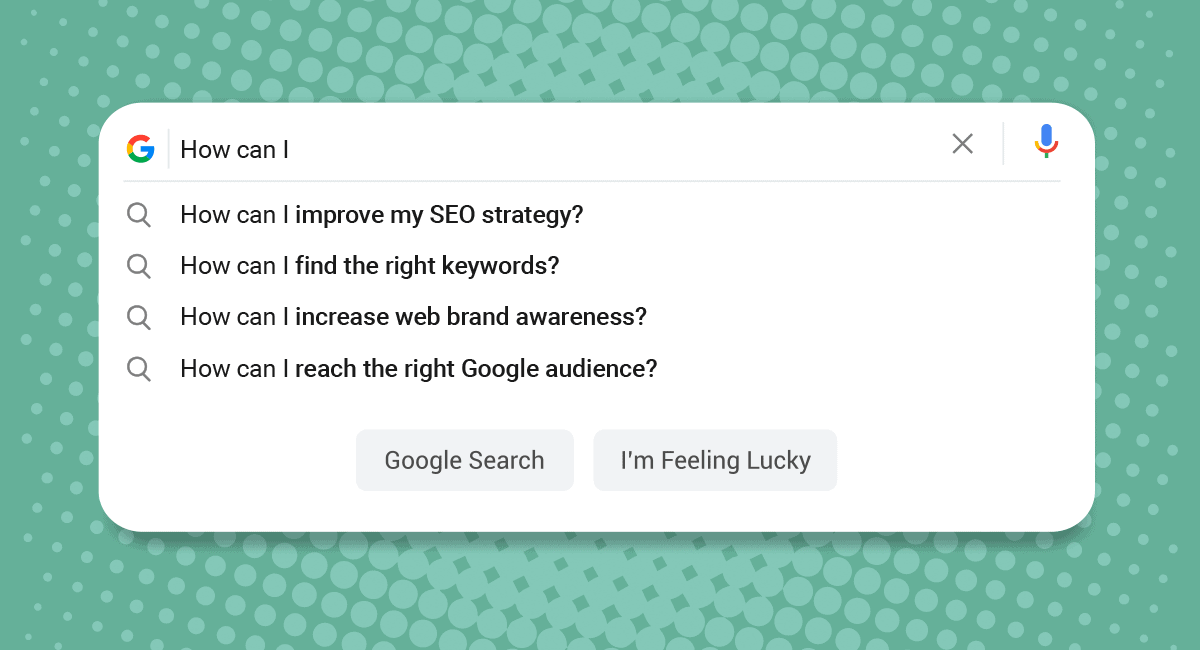Blogging is a critical content marketing strategy to build your business.
Done well, it bolsters your reputation, showcases your thought leadership and — most importantly — generates leads and drives sales.
How to Craft Content Nobody Wants to Read
Nobody sets out to write a bad blog post, let alone the worst one ever. Yet, often enough, far too many businesses craft crappy content that doesn’t drive anything — other than people away.
There are plenty of mistakes to avoid with your content marketing strategy, particularly when it comes to blogging.
We’ve compiled 10 of the most egregious errors you can make when crafting blog posts. Is your business guilty of one or several of these? If so, read on to learn what to do instead so you can transform your blog into the lead-generating, business-building asset it’s meant to be!
1. Give it a boring or confusing headline.
If you really don’t want anyone to read your blog, give it a dull, nondescript or — worst of all — confusing headline. This is a surefire way to torpedo any chance of attracting readers and transforming them into customers.
Instead, give your posts titles that immediately draw readers’ attention, entice them to read more and succinctly explain the value they will receive.
2. Dumb down your writing.
You read somewhere that most people don’t read above a middle-school level, so why confuse them with big ideas, words and concepts even 12-year-olds don’t understand? Unless your target audience is middle schoolers, don’t assume your blog writing can’t be more sophisticated. Instead, focus on adopting the level of writing your audience wants — and expects — for your industry or topic. That doesn’t mean talk over them, either.
As the expert, it’s your job to simplify overly complex issues or concepts for your readers. (After all, that’s likely why they’re reading your blog.) Remember: There’s a clear distinction between simplify and dumb down. The first showcases your expertise and respects your audience’s intelligence and limited time. The second only insults your audience, chasing them away from your site — and costing you potential sales.
3. Write just for Google.
The only thing that matters is getting to the top of Google’s rankings, right? If you snag that coveted position, you’re bound to see traffic — and sales — skyrocket. So, don’t worry about crafting quality content. Simply treat your blog like Thanksgiving turkey and overstuff it with keywords until you hit No. 1 on the search results. What is this? 2002? Keyword-stuffing went the way of low-rise jeans and clamshell cellphones. Firstly, if you try to game Google, you won’t succeed. In fact, you’re more likely to get penalized than rise in the rankings. Secondly, keywords aren’t everything. Yes, they play a role, and you should optimize for them as best you can, but unless you’re creating high-quality content that provides value to your audience, your SEO efforts will ultimately be for naught.
If you focus on writing for your target audience of humans first while strategically incorporating SEO tactics, your blog will start to rise in Google’s rankings.
4. Forget to format for easy readability and skimming.
There’s nothing intimidating or daunting about reading a really large block of text, said no one ever. The moment anyone sees one long series of words and letters, they won’t stick around to read any of them.
Instead, break up your copy, making liberal use of formatting options like subheads, bullets, bolded text and images to make your blog easier on the eyes — and easier for readers to, well, read.
5. Forget the hyperlinks.
Chances are you have other valuable content elsewhere on your site — ebooks, other blogs, webpages, etc. — that are relevant to your blog post.
Don’t miss this opportunity to include related internal links, as well as other pertinent external links in your blog posts. Doing so bolsters your knowledge and expertise in the eyes of your audience.
6. Forget to edit your work.
You have amazing ideas to share, but you didn’t ask someone to proofread your post prior to publishing. Nobody’s perfect, of course, yet there’s nothing like consistent typos, grammatical errors, misspellings and inconsistent tone/voice to turn off your audience.
Blatantly bad writing will hurt your reputation and generate none-too-pleasant comments from readers. Take the time to put your blog content through an editing process to ensure it’s the best it can be.
7. Try to go viral.
Sure, going viral is likely to generate tons of traffic to your site and potentially some headline-level attention for a time — but it’s not something to bank a strategy around. Focusing on how to go viral will frustrate more than anything else. It’s incredibly difficult to manufacture virality on a consistent basis. Plus, going viral is an ephemeral phenomenon. You’ll drive traffic, but it will be fickle — not sticky.
Instead, focus on creating blog content that consistently addresses your target audience’s concerns, questions, problems and pain points. Over time, you’ll build a loyal customer base that will return again and again.
8. Shamelessly plug your products and services.
This is, after all, your website. Aren’t readers looking to buy your products? Maybe. But look, shameless and aggressive promotion of your products or services is a guaranteed way to chase away visitors and potential customers. Leave the blatant promotion for traditional advertising methods. Like other forms of content marketing, a blog is intended to build your reputation and showcase your expertise by being helpful.
Rather than write breathlessly about your products, provide educational content relevant to your industry that either solves the problems of your target audience or teaches them how to do something new.
9. Forget a clear call to action.
Executed right, a blog can become a powerful lead generation tool. But in addition to the high-quality content, your blog posts must include a clear call to action that explains to readers what they should do next. This is where you may want to link to relevant product or service pages, or perhaps a form or landing page.
Think about what you want visitors to do after reading a particular blog post, then make it clear and easy for them to do it.
10. Provide as little value as possible.
Hey, you read somewhere your business needed a blog. So, here you are, writing and posting random content. The only problem is they offer zero value to your potential readers and customers. Don’t do something just because you read that everyone’s doing it. (Although, seriously, your business does need a blog.) Nor should you just write about random, irrelevant topics unrelated to your industry or business.
You should know your audience’s wants and needs. If you don’t — ask them! Then, focus on providing as much value as possible with your content.
Blogging Done Right
Don’t fall into the trap of writing bad blog posts that don’t do anything for your business. The experienced team at Aker Ink can help you level up your blog and content strategy so you’re focusing on the right topics and audience to generate leads and sales. Learn more about our content marketing services today!






